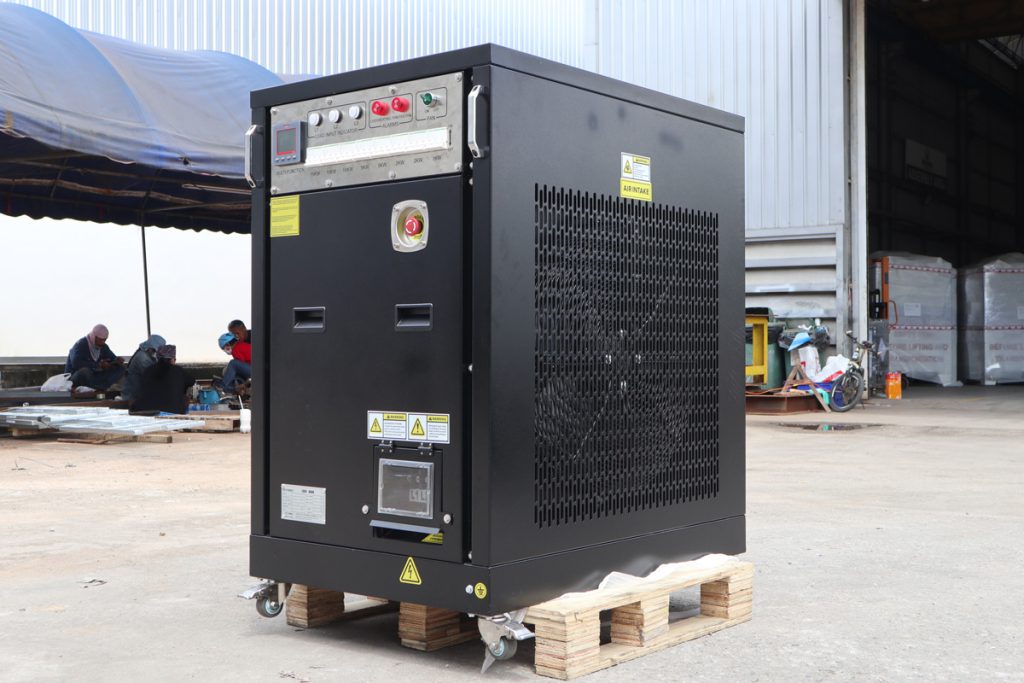Understanding Resistive Loadbanks and the Importance of Loadbank Testing

Understanding Resistive Loadbanks and the Importance of Loadbank Testing
In today’s power-dependent world, ensuring the readiness and reliability of standby generators and backup power systems is not optional—it’s essential. One of the most effective ways to validate the performance of these systems is through loadbank testing, particularly with resistive loadbanks. This article explores what resistive loadbanks are, why they matter, and how they are used to ensure power system resilience in critical infrastructure.
What is a Loadbank?
In the world of electrical power systems, especially those involving standby generators and critical power infrastructure, the term “Loadbank Testing” often surfaces as a key component of preventive maintenance. A loadbank is a device that simulates electrical loads, allowing for comprehensive testing of power equipment under controlled and measurable conditions.
What is a Resistive Loadbank?
Among various types of loadbanks, the resistive loadbank is one of the most commonly used and essential tools. It works by converting electrical energy into heat using resistors. This process mimics the actual electrical load that a generator would experience during regular operation. The heat generated is dissipated through high-powered fans, making the system both functional and safe.
Why is Loadbank Testing Important?
Loadbank testing does more than verify power output. It plays a vital role in identifying hidden issues that only appear under load conditions—issues that might remain undetected during idle or light-load operations. For diesel generators, especially, running at low load for prolonged periods can lead to carbon build-up, affecting engine efficiency and longevity. Full or near-full load testing burns off these deposits and maintains engine health.
Applications and Benefits of Loadbank Testing
In addition to maintaining equipment health, loadbank testing provides assurance of operational readiness. Whether for hospitals, data centers, manufacturing facilities, or mission-critical operations, power failure is unacceptable. Proper loadbank testing confirms compliance with safety regulations, contractual obligations, and quality standards such as FAT (Factory Acceptance Testing).
Types and Configurations of Resistive Loadbanks
Resistive loadbanks come in a variety of configurations:
- Portable Loadbanks – Equipped with wheels for easy field deployment
- Stationary Loadbanks – Designed for permanent installation in test facilities or power plants
- Voltage Compatibility – Common models support 230V, 400V, or 690V systems
- Capacity Range – From 50 kW to over 2000 kW depending on the generator being tested
Modern resistive loadbanks also include user-friendly features such as digital touch screens, remote monitoring, and programmable test sequences for automated diagnostics.
Why Choose Multiphase Corporation?
At Multiphase Corporation, we provide complete solutions in resistive loadbank sales and testing services. Our offerings include: Nationwide on-site loadbank testing, Loadbank rental services and etc. With decades of experience in generator systems and load testing, we ensure your equipment operates reliably under real-world conditions.
Resistive loadbank testing is more than a technical requirement—it’s a strategic investment in operational reliability and safety. In today’s high-stakes environments where downtime can be costly, testing with the right tools ensures preparedness, performance, and peace of mind.
Cr. Multiphase Corporation

